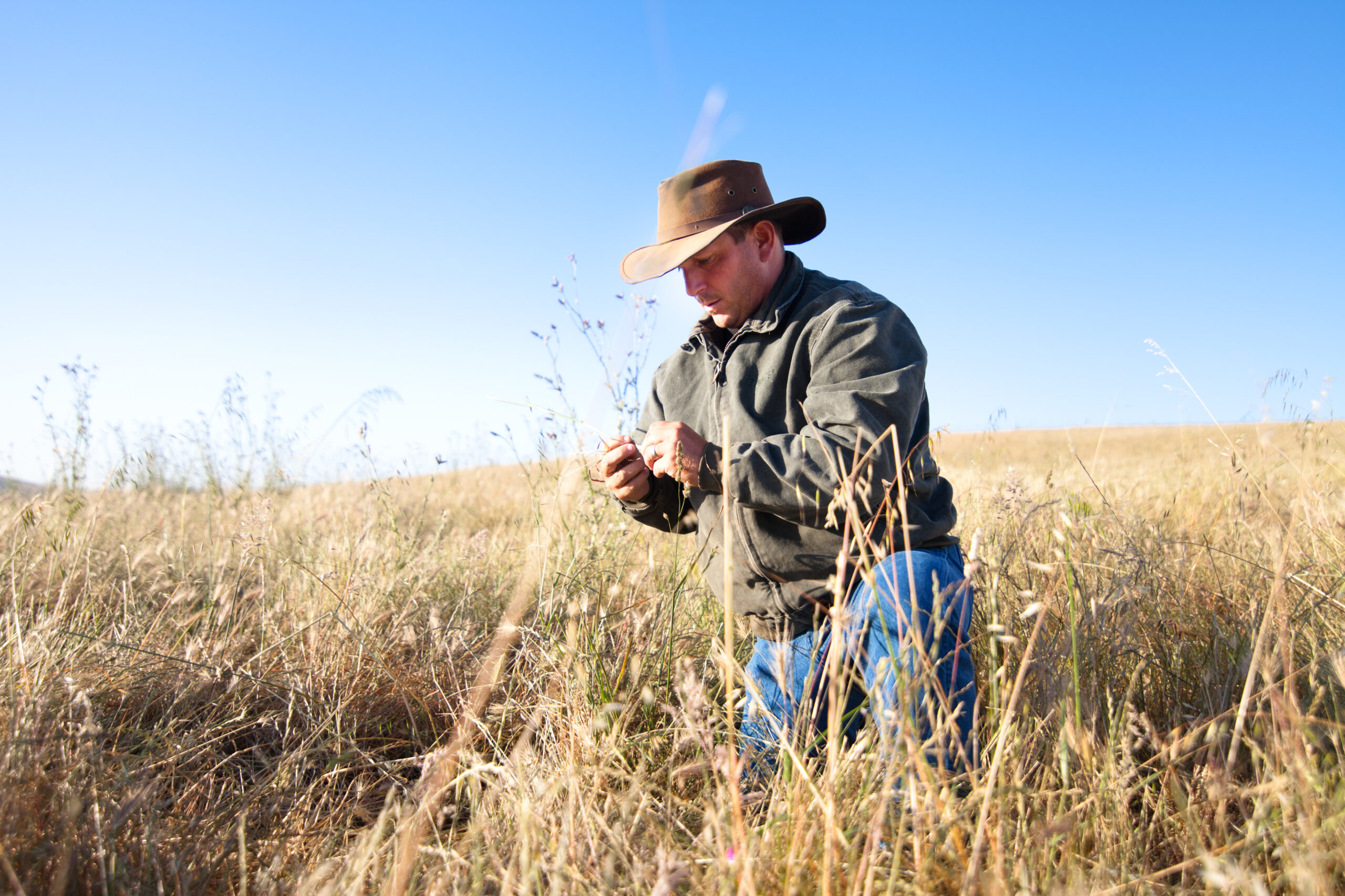
LOREN PONCIA, STEMPLE CREEK RANCH
Stemple Creek Ranch is a family-owned and family-operated cattle ranch in Marin County. We raise organic, all-natural, grass-fed and finished beef and lamb. The ranch is 1,000 acres and has been in the family since 1901. The whole operation is managed with rotational grazing, riparian plantings and compost.
Q: Loren, your ranch has been in your family a long time. What are your core values?
A: Honesty, integrity, transparency. We want to work in harmony with Mother Nature to make high-quality, grass-fed and finished beef and lamb.
Q: How did you first hear about the Marin Carbon Project and why did you decide to participate?
A:We heard about it through MALT (Marin Agricultural Land Trust), and it seemed to me like a great opportunity to learn more about the soil and carbon. It was a risk-free proposition to try an old technology (compost) and get good measurement on its benefits. I thought if it worked we could be an example to help change ranching for the future benefit of humanity.
Q: How have you gone about implementing your carbon farm plan?
A: We were already doing many of the practices outlined in the plan before, like spreading manure and fencing off the creeks and planting trees and grasses, so it was easy to just build on these. We started by planting more riparian areas and spreading compost, seeding forbs and using grazing more intentionally to break up compaction in the soil. There wasn’t one silver bullet—we had been doing practices like this but didn’t know they had carbon benefits. We knew they were beneficial for soil erosion and habitat and then when we saw the data, we realized the carbon benefits as well. Dealing with compaction and lack of calcium and lack of root life are huge opportunity areas to increase soil health and to store more carbon. We are also now looking at foliar applications like compost tea (because it’s cheaper than compost) to get more life in the soil.
Q: What is your biggest barrier?
A: The accessibility and availability of compost. For us it’s about $150 an acre to buy and spread it to get a $50–$60 an acre return in forage each year. Over time this pays off, but it’s hard to justify in the short term. We would do a lot more of what is in the plan if there was more funding. The first thing I would do is apply compost on all appropriate areas across the ranch.
Q: Have you found that your customers resonate with what you are doing?
A: There is a lot of interest in what we are doing; people love the story and learning about how farming can help save the planet. It has opened doors to sales of the products. We are asking the consumers to vote with their money and support products like ours, which might cost a bit more but are regenerative and will help fix the problems that our industry has created in the past.
Q: Do you recommend it to other ranchers and why?
A: I think it’s important to look at any operation and try and do the dance with Mother Nature to make it a win/win. We can grow and thrive and prosper and help fix a lot of the problems with the environment. It’s a win/win.
If you are an agricultural producer or landowner seeking assistance in development of a Carbon Farm Plan (CFP), contact your local RCD or NRCS office.


